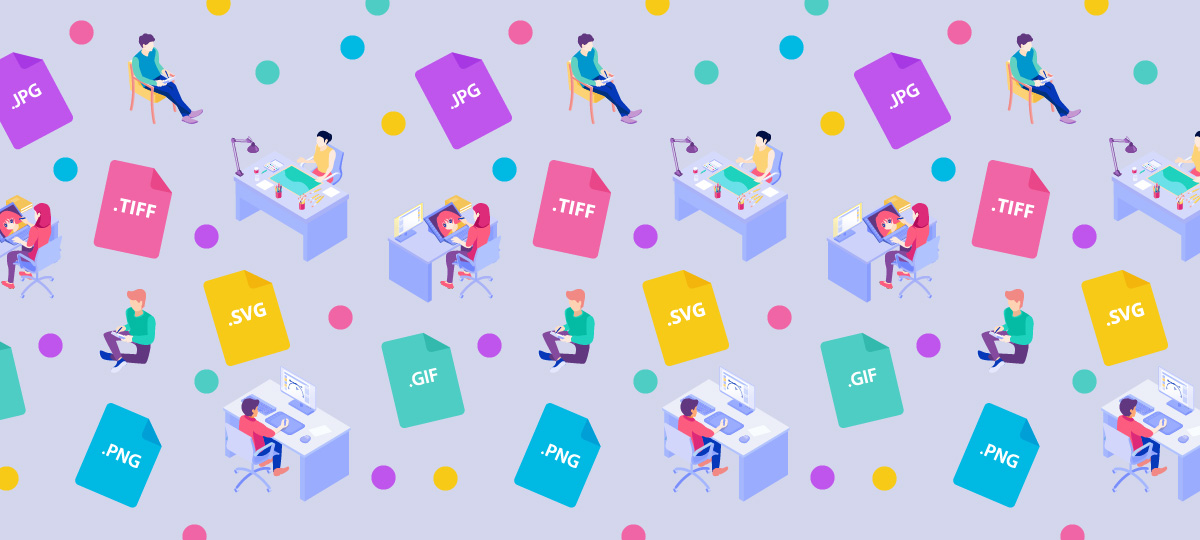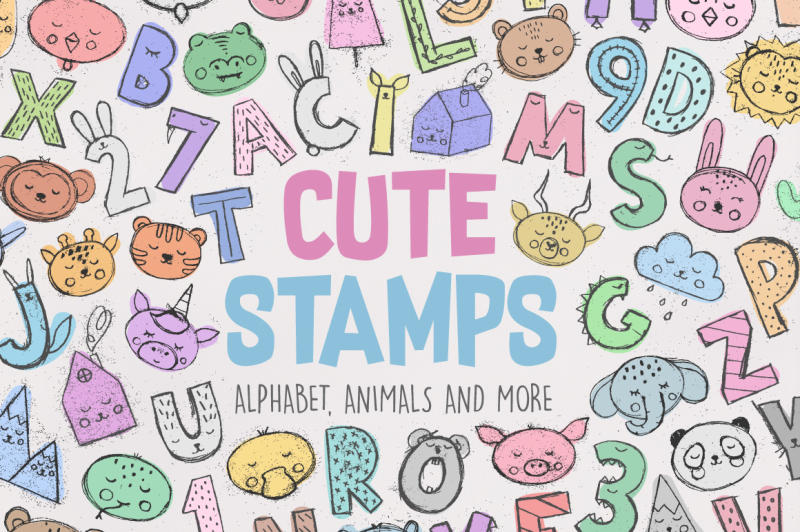We’ve all been there… Trying to find the perfect image for a blog post, gallery or an animation. Luckily, the digital world is full of opportunities when it comes to image file types. Still, choosing the right image file format can definitely be a pain – especially if you are new to image formats.
Unless graphic design is your forte, you will have trouble to adapt to the world of PNGs, SVGs, JPEGs and GIFs. The good news is that if you are ready to explore this part of the world, below you can find more information about all image file types. Here’s our guide to every commonly used image file format, and when to use which.
JPG Image File Types – Ideal For Size
JPEG, commonly known as JPG, stands for Joint Photographic Experts Group. Developed in 1994, this file size is considered as the standard graphics file format. It is also one of the most popular image formats online. However, JPG files are lossy which means that a lot of information is lost when the original photo becomes a JPG file. The good thing is the size of JPGs – which can free up some room in your content management system.
PNG Image File Types – Making The Most Of A Quality Photo
Portable Network Graphics, or PNGs, are an image format which offers a variety of upgrades and better features when compared to JPGs. In a nutshell, a PNG file is useless in terms of animation. However, the good thing is that PNG image files feature lossless compression so that your image doesn’t lose quality and detail. At the same time, they offer better features than GIFs and a smaller file size compared to them. There is better transparency too.
GIF Image File Types – Popular & Animated
GIF stands for Graphics Interchange Format, an image file format that cuts down the number of colors in an image (down to 256). The size of GIFs is great and they support transparency. Many websites are using GIFs instead of videos to increase the responsiveness and cut down the loading time.
With GIFs, there is lossless quality and this file works well for graphics with restricted colors. However, the graphics are limited (to the 256 colors) and GIFs are considered as outdated – despite their popularity over the past couple of years.
TIFF Image File Types – Used By Pros
Tagged Image File Format, or TIF, is widely used by professionals in the photo industry who want lossless compression. It is an extremely flexible type which supports different compression formats (with zero compression) and a high-quality result. However, the TIFF file size is extremely large and demands long transfer times, which can definitely affect your site’s responsiveness.
SVG Image File Types – Getting The Attention It Deserves
SVG, or Scalable Vector Graphics, are also web standards which identify fixed graphics and animations with two dimensions. Even though SVGs were first built a decade ago, they finally got the attention they deserve – all thanks to the HTML5 breakthrough which makes most of their benefits. Speaking of, the benefits of SVGs include lossless quality, animation features, and amazing customization options.
Which Should I Choose?
There are many other image file types out there – including RAW (untouched), BMP (Bitmap files), EPS (vectors) and PDF (a universal file format popular for documents). However, the above-mentioned image file types are commonly used and known for their great features.

In the end, different image file formats are used for different purposes. If you are building a website or blog, great content is definitely appreciated – which is why you would want to stick to the quality of image files (and use JPGs, for example). If animation is your goal but you also want to save some space, SVGs are great. Let’s say you need a file with transparency, like a logo for example, PNGs are a perfect option for you.
We hope this guide helped you choose the right image file formats to fit your needs! For more guides and tutorials, check out other topics on our blog.




